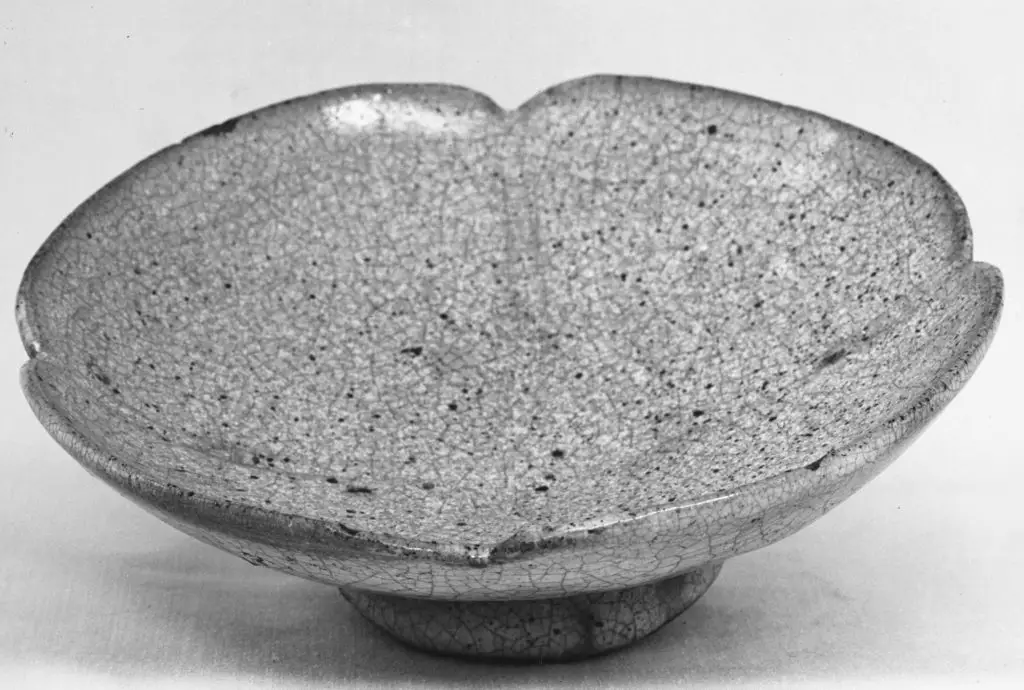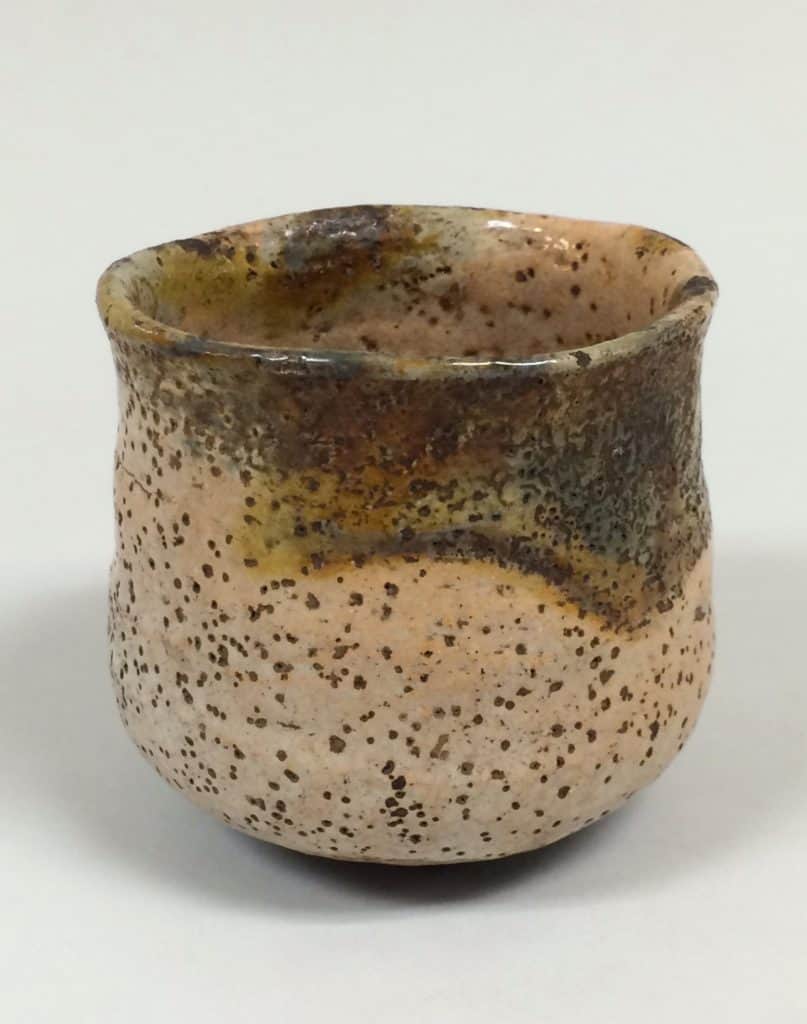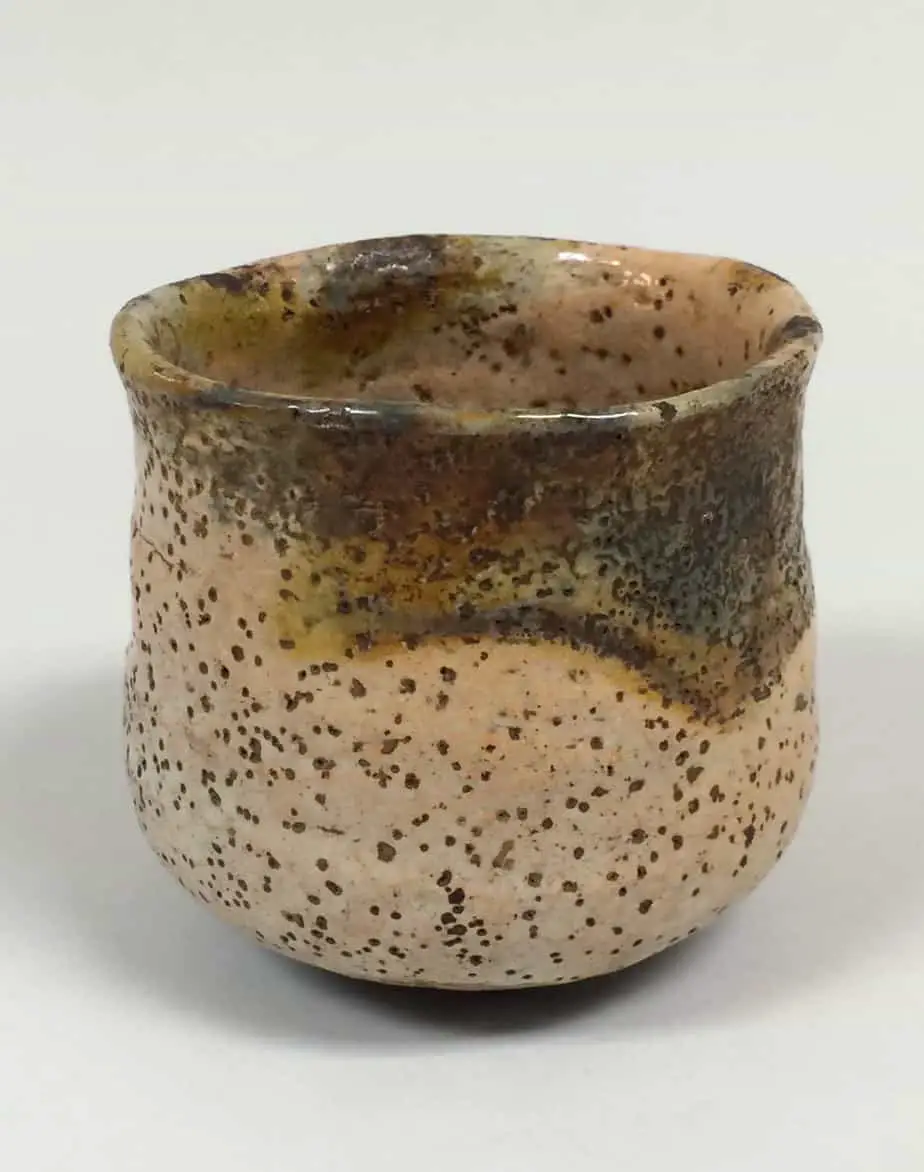Crackle glaze, or crazing, is something that happens on accident many times, and it results in a pinging sound for your pottery. But, did you know that you can make crackle glaze pottery quite easily, and it doesn’t subject the pottery itself to the weakness that typical crazing does?

You can take part in this, and in this post, you’ll learn how to make crackle glaze pottery, and why people do it.
So what is it?
Crackle glazing is often called crazing, and it’s a process where people purposely create a cracked pattern in their pottery for a decorative effect.
The process of how it happens is simple, and essentially involves the following:
- The glaze is applied, but it’s too thick
- The thermal expansion happens
- As the kiln cools, the glaze shrinks more than the body does
- To relieve the tension it cracks
- It happens mostly when fired in low temperatures
This is how you make it on purpose, but essentially, you control this by varying how much Na2O and K2O are in the pottery, and that’s where the oxide makeup comes in.
About these Oxides
These two oxides are what you want to control, since they have the highest levels of thermal expansion, with feldspar providing the highest instance of glaze cracking.
One other element you should consider is Frits. Frits involve the following:
- A premade mixed glass with powdered materials
- It’s already been cooled by water and ground into a powder
- These are used as raw glazes
- These have a high thermal expansion
- By firing these at higher temperatures, it can increase the silica and kaolin in this to reduce the melt fluidity and increase crackle
So if you want to create this effect, frits are what you should be looking for.
You can also control how much crackle is used, and if you use a higher level of Frit, the less crazing that will happen, and it will affect the crackle in the pottery.
Why People Want this
So why would people want this? Well, it’s because there are some cool things you can do with crackle glaze pottery and some amazing effects.
Some reasons why people would even consider this include the following:
- The design is cool
- The amount of crackle glaze varies based on the recipe
- It allows for different glaze distinctions
- If you like a feldspar-based glaze, you’ll probably get this
- It often looks vintage

- It is a common result of raku firing, so those who like Raku pottery can get this effect
However, there are a few downsides to crackle-glazed pottery, and if you don’t know these already, they should be touched upon, and we will discuss them below:
- Your pottery gets weakened by up to 75%
- It can create a pinging sound
- If the walls are thin, they can be torn apart with your bare hands
- They are not good for functional ware
- Bacteria can get into the cracks, and silica can be potentially ingested if used for functional ware
If you do use this, make sure that you understand the limits of crackle glaze pottery, and why it isn’t the best type of pottery application, especially if you plan to use the items that you’re trying to make.
How Application Affects Crackle Glaze
The application of the glaze does affect crackle glazing. It’s important to realize that, if you’re purposefully doing this, you need to do the following:
- If you want the crackle on the bottom, saturate the base with glaze
- If you want it all over the piece, you should use a lot more glaze than the pottery accounts for
- If you want more instances of crackle, use glaze with more feldspar, and also a lower number of Flint
- Use the glaze for pottery that fires low, since it creates more of an instance
Some say they can crackle glaze pottery by opening up the kiln fast. I don’t suggest doing that means, even though it’s possible because that’s how pottery tends to shatter, and then you won’t have a piece period
When doing this, be gentle with the pottery. It is brittle, so you have to be mindful.
Spray-On Crackled Glaze?
You can always get spray on crackle glaze. There are a few reasons why some people may want this, and you can buy this in most pottery and craft stores.
The reasons for that are simple:
- It creates the crackle glaze look without needing to sacrifice the strength of pottery
- You can typically accentuate the cracks in this before you fire
- you can put this over pottery or an emulsion base to create cracks
- The top coat will help bring about the cracks better
If you are a fan of this effect, then spray-on crackle glaze is what you’ll want.
Snowflake Crackle
If you want to create an extreme crackle glaze, then you’ll want to consider snowflake crackling. I suggest doing this once you’ve mastered basic crackling.
To do this, you do the following:
- Do a bisque fire
- Apply the glaze in a super thick manner
- Make sure the glaze is twice as thick as the body
- You can do another bisque fire or just a general fire
- From here, you’ll see the expansion and contraction create a variety of different little crackles
This is a popular type of crackle glaze that you see in a lot of Asian pottery.
The Crackle glaze is great if you’re looking for a unique design element. But, do remember that these are quite weak, so make sure you know this before you begin. Learning how to crackle glaze pottery is a skill that many people like to master, and if you’ve ever wanted to create unique pottery that looks unlike anything else, then this type of glazed pottery is it.







